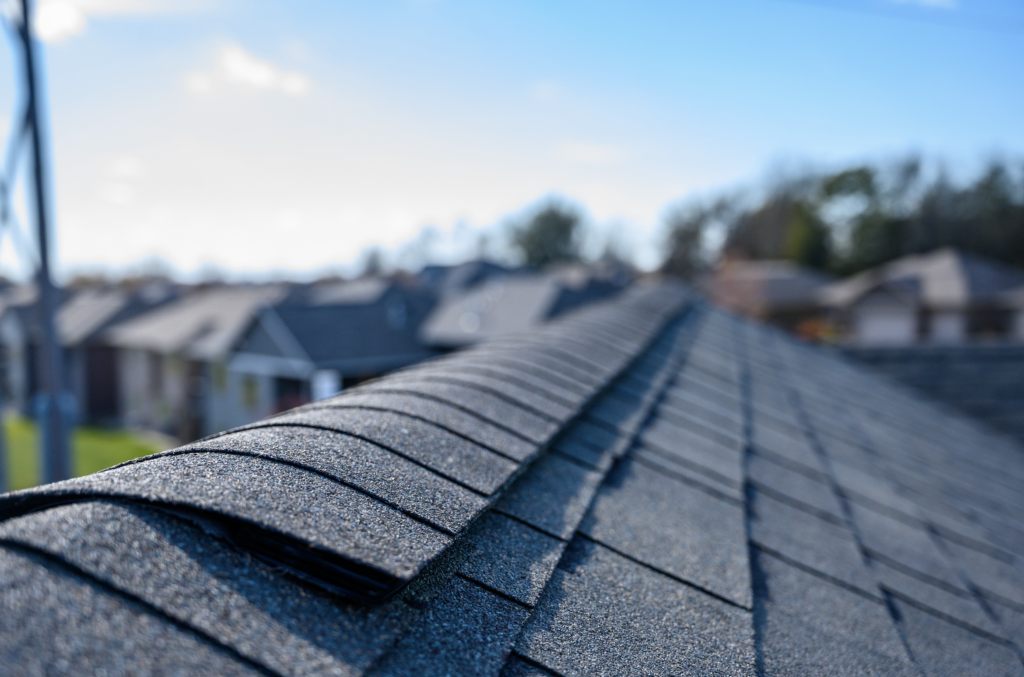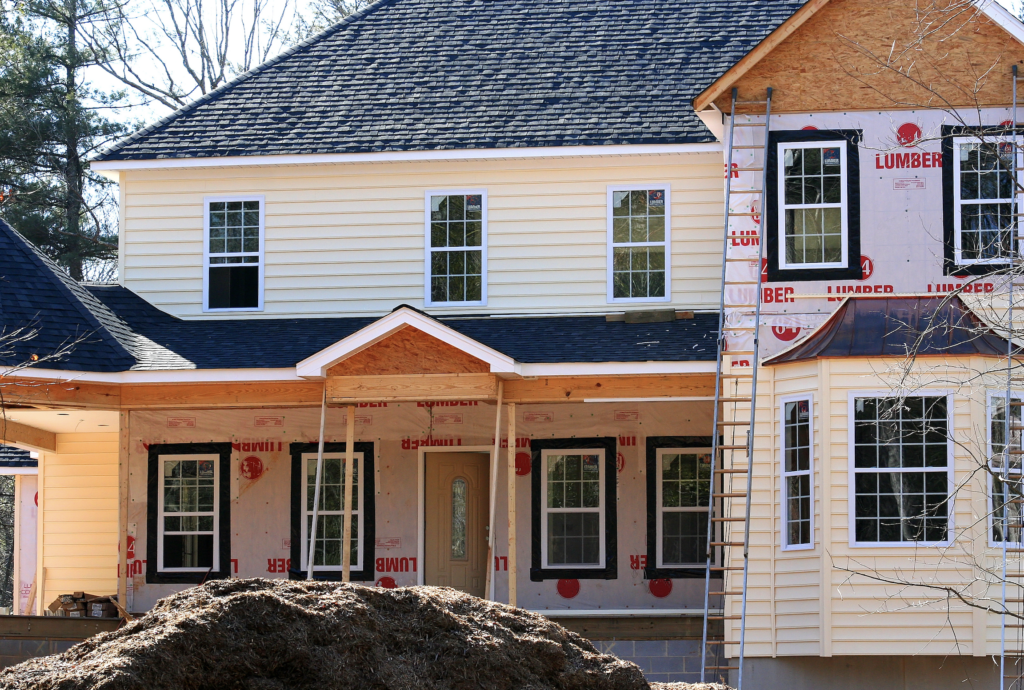Choosing Materials to Improve Your Home’s Energy Efficiency
Solar heat can get into your house in many different ways. It might slip through cracks in walls. It might sneak into the attic and make it past the insulation. Or it might be absorbed by the roof and walls and transmitted right into the house.
No matter how the heat gets in, there is a way to stop it. If it enters through cracks, we can seal them with a cement mixture. If it’s making it through insulation, we can add more.
But if it’s absorbed by the roof or walls and then transmitted straight into the living room, the fix is a little more complicated.
Passive Solar Depends on Material
The amount of heat absorbed and transmitted by the roof and walls of a house is determined by their color and materials. For example, asphalt is usually hotter than concrete. This is not only because darker colors absorb more heat, but also because asphalt is a lot denser than concrete and therefore retains heat better and for longer.
This is part of a house design called passive solar. Passive solar is a way of designing your house so that your HVAC and heater don’t have to work as hard because your house’s design and materials do the heating and cooling for you. Passive solar involves choosing materials for your home that work towards reducing the cost of heating or cooling your home, through choosing materials that can absorb the heat during the daytime and release it during the night.
Whether you’re considering replacing your siding or roofing or just trying to identify the source of heat to your house, you need to know what materials absorb the most heat. Asphalt and concrete aren’t commonly used on houses, but those materials that are can also be classified by how well they absorb and give off heat.
The most popular siding materials for homes are wood, brick, stone, stucco, metal, vinyl, plastic, and fiber cement. And depending on how many windows the house has, we might consider glass as well.
While your wall materials are important, the roof materials are even more so–the sun shines more on your roof than your walls. The most commonly-used roof materials are asphalt shingle, slate, wood, and metal.
Let’s take a look at each of these materials and their ability to absorb and give off heat.
Thermal Mass Determines Passive Solar
The best way to decide which of these materials absorbs and gives off the most heat is through something called “thermal mass.” High thermal mass is achieved when a material is dense and heavy, a good conductor, and has a dark and/or textured surface.
Materials with a high thermal mass can both restrict heat flow in and store heat or cold. For example, a house that uses materials with a high thermal mass would absorb heat during the day and release it at night. And during winter, it would store heat from the sun or heater during the day and release it at night.
Where insulation stops heat from entering the house, thermal mass stores and then re-releases the heat. We want a high thermal mass because we’d rather the heat be absorbed into the walls of our house rather than amplified and transmitted into the house by the walls. So materials with a high thermal mass work well in a passive solar home design.
Classifying Materials by Thermal Mass
Here’s a list of the materials that are most commonly used, and their relative thermal masses. Remember that a higher thermal mass is better, because a low thermal mass transmits the heat right into the house rather than storing it until the heat is needed in the house.
| Material | Relative thermal mass |
| Glass* | Very low |
| Wood | Low |
| Metal | Low |
| Plastic | Low |
| Brick | Medium |
| Fiber cement | Medium |
| Stone | High |
| Stucco | High |
| Asphalt | High |
| Slate | High |
| Clay/concrete | High |
*While the thermal mass of glass is very low, it has other important abilities in passive solar. The walls and roof of your house aren’t the only things that can absorb and retain heat–the floor can as well. So if the glass lets in a lot of light, it can be absorbed into the floor, which retains the heat until the house cools down again, when it releases it.
Choosing Roofing and Siding Materials
So if your house seems to heat up way too much in the summer and it loses heat way too quickly in the winter, you should probably consider replacing your siding or roofing with one of the materials with higher thermal masses listed above. For example, my house uses plastic siding and a fiber cement roof, but when I redo it, I might consider using slate and stone.
If your house heats up or cools down too quickly with the sun, you might consider installing roofing, siding, or even flooring made of a material with a higher thermal mass.
References:
https://www.azsolarcenter.org/architecture/solar-building-design-in-arizona
https://www.smarterhomes.org.nz/smart-guides/design/thermal-mass-for-heating-and-cooling/
https://www.hgtv.com/outdoors/outdoor-remodel/top-6-roofing-materials
https://www.yourownarchitect.com/roofing-materials/
https://www.yourhome.gov.au/passive-design/thermal-mass
https://www.smarterhomes.org.nz/smart-guides/design/thermal-mass-for-heating-and-cooling/
http://www.greenspec.co.uk/building-design/thermal-mass/
https://www.fhwa.dot.gov/pavement/sustainability/articles/pavement_thermal.cfm
https://climatechangeconnection.org/solutions/home-construction/energy-efficiency/thermal-mass/


